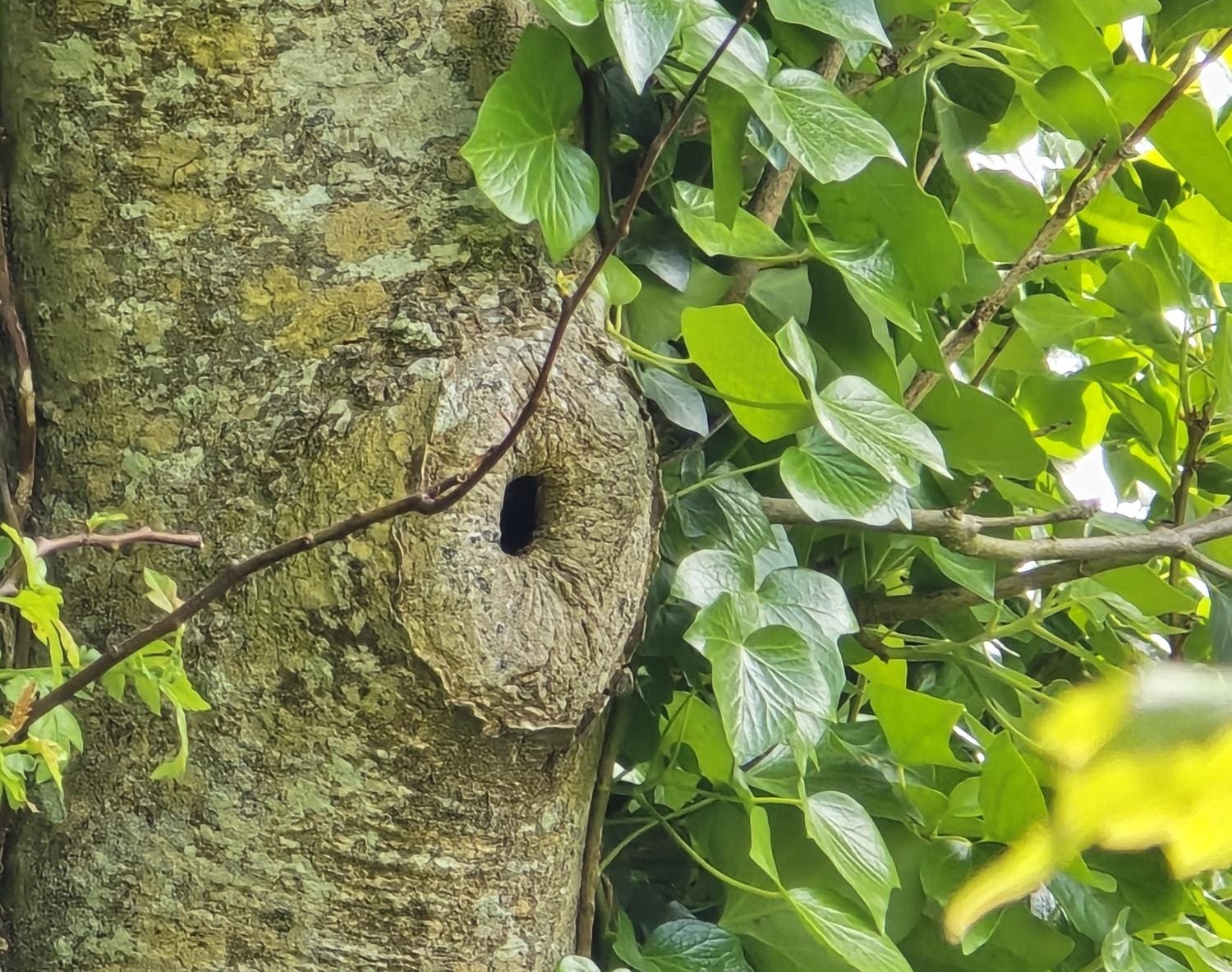Bat Roost Surveys: Protecting Wildlife, Guiding Development

Bat Roost Surveys: Protecting Wildlife, Guiding Development
The ORS Ecology Team carry out Preliminary Bat Roost Assessments (PBRAs) across Ireland to help ensure that proposed developments protect native bat species and comply fully with Irish and EU legislation.
All nine resident bat species in Ireland are protected under the Wildlife Acts 1976–2018 and the EU Habitats Directive. Disturbing, injuring, or destroying bats or their roosts, even when unoccupied, is an offence. Early ecological surveys are therefore essential to both protect biodiversity and support successful project delivery.
What We Look For
Our trained surveyors assess sites for even subtle signs of bat activity, recording findings such as:
- Bat droppings (indicative of regular roosting)
- Urine staining and grease marks around entry points
- Feeding remains (e.g. moth or beetle wings)
- Scratch marks on beams or plaster
- Clean crevices or holes with darkened entrances
- Audible squeaks or distinctive musky bat odour
- Entry points under tiles or in tree cavities
We also evaluate the roost suitability based on the time of year and the likely ecological function a feature might serve. For example:
Maternity Roosts (Typically May- August)
During summer, female bats gather in warm, undisturbed locations such as attics or barns to raise their pups. These roosts are critical and highly protected. Where maternity roosts are suspected, we recommend further dusk and dawn activity surveys.The revised TGD-B 2024 represents a significant step toward improving fire safety regulations in Ireland. These updates will have major implications for developers, designers, and building owners, requiring careful planning and compliance.
Day Roosts & Temporary Shelters
Bats frequently switch between roost sites while foraging, often using buildings, trees, or stone walls as resting points. Structures may support species such as the common pipistrelle, soprano pipistrelle, and brown long-eared bat.
Hibernation Roosts
From late autumn, bats seek cool, stable microclimates in cellars, crevices, or old masonry. Although hibernation sites can be harder to detect during summer surveys, we always assess their potential based on site context and features.
Evidence Based Reporting
Every survey is thoroughly documented with photo evidence, weather conditions, GPS data, and site descriptions (e.g., “Disused stone barn in southwest corner of site”). Each potential roost feature is logged and categorised according to its risk level and significance, helping guide appropriate next steps.
Why It Matters
PBRAs are a simple but vital part of ensuring environmental compliance and avoiding costly project delays.
By identifying ecological risks early, we help clients make informed decisions—allowing for small adjustments that protect bats while supporting smooth project delivery.
At ORS, our expert ecologists are here to support clients in meeting their ecological obligations and protecting biodiversity. If you need advice or assistance with bat surveys for your project, contact our ecology team at info@ors.ie or +353 1 524 2060. Learn more about our ecological services at ors.ie/services/ecology/
